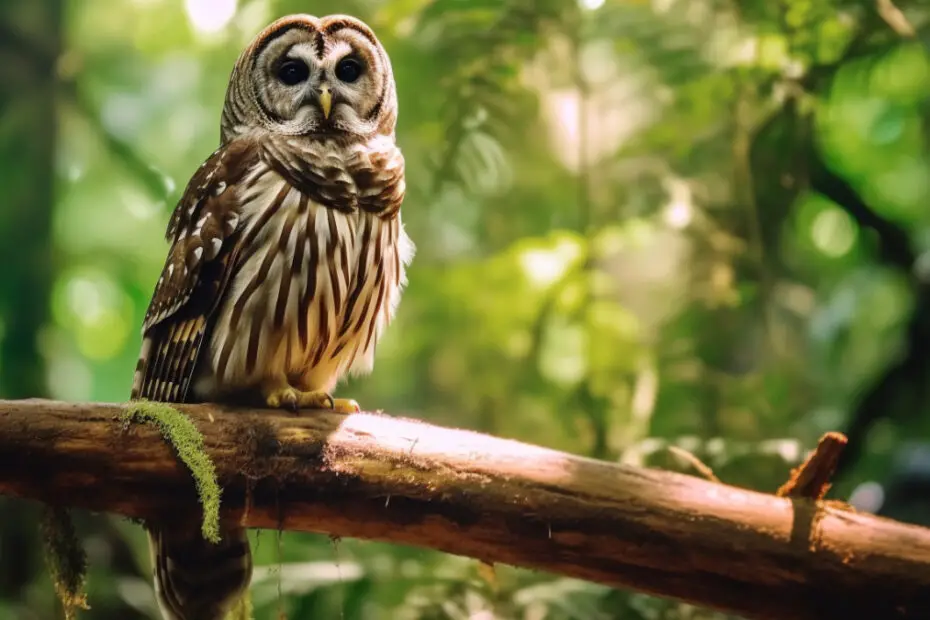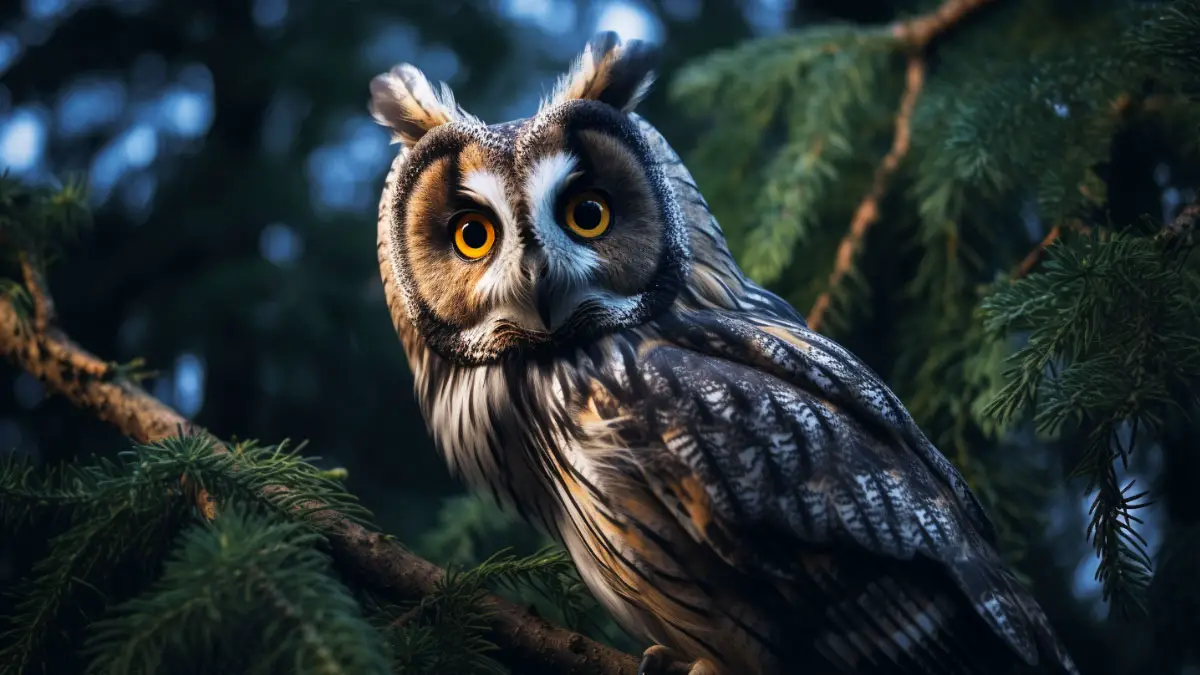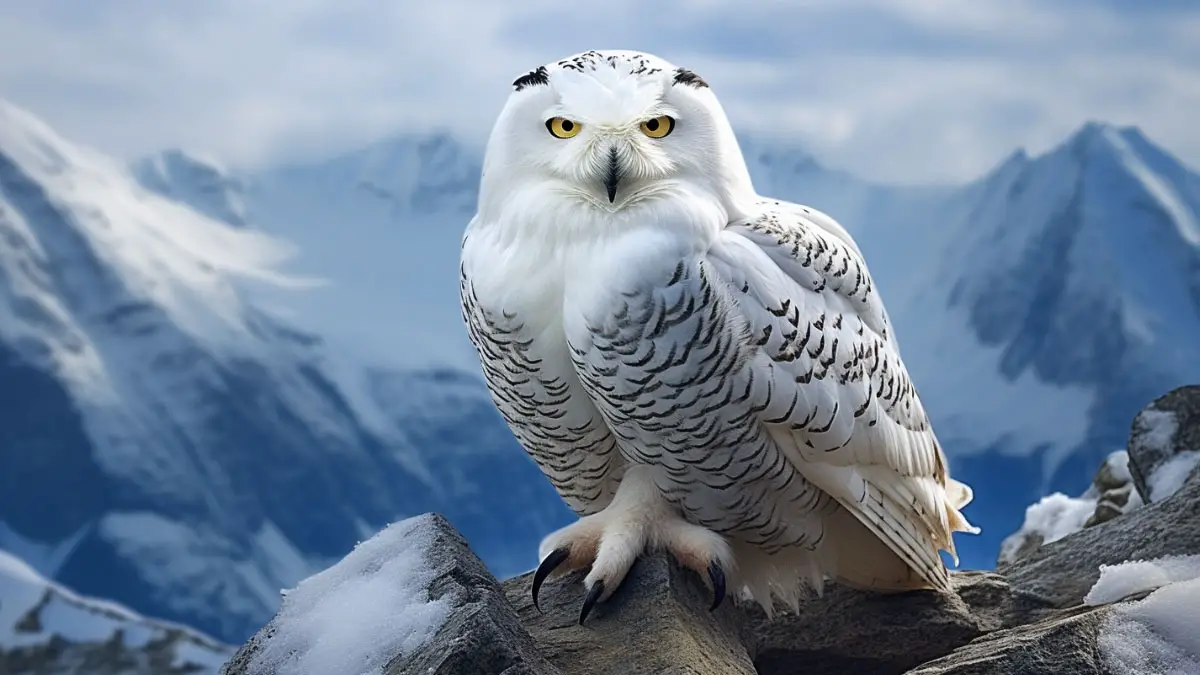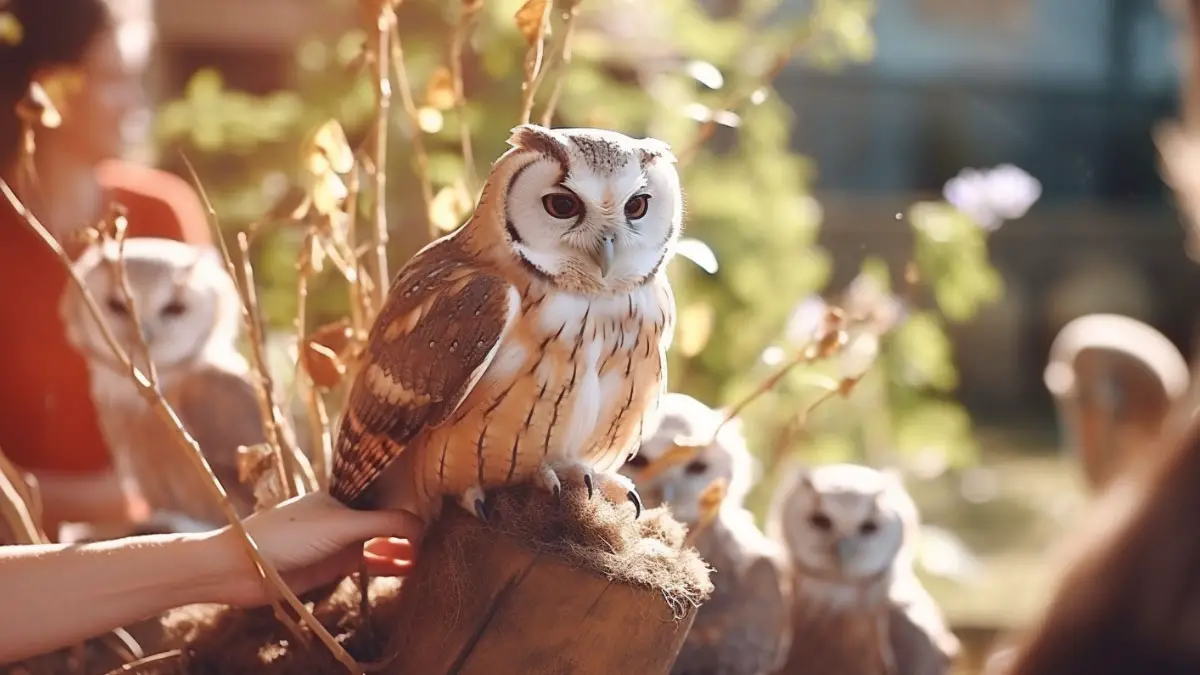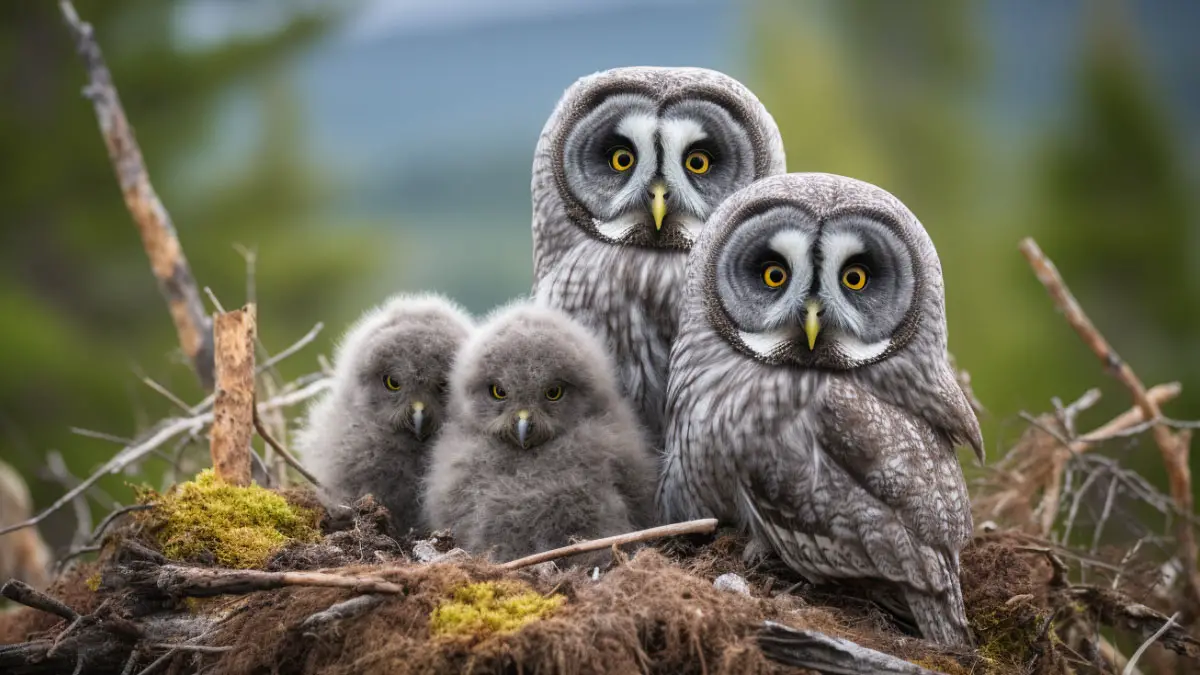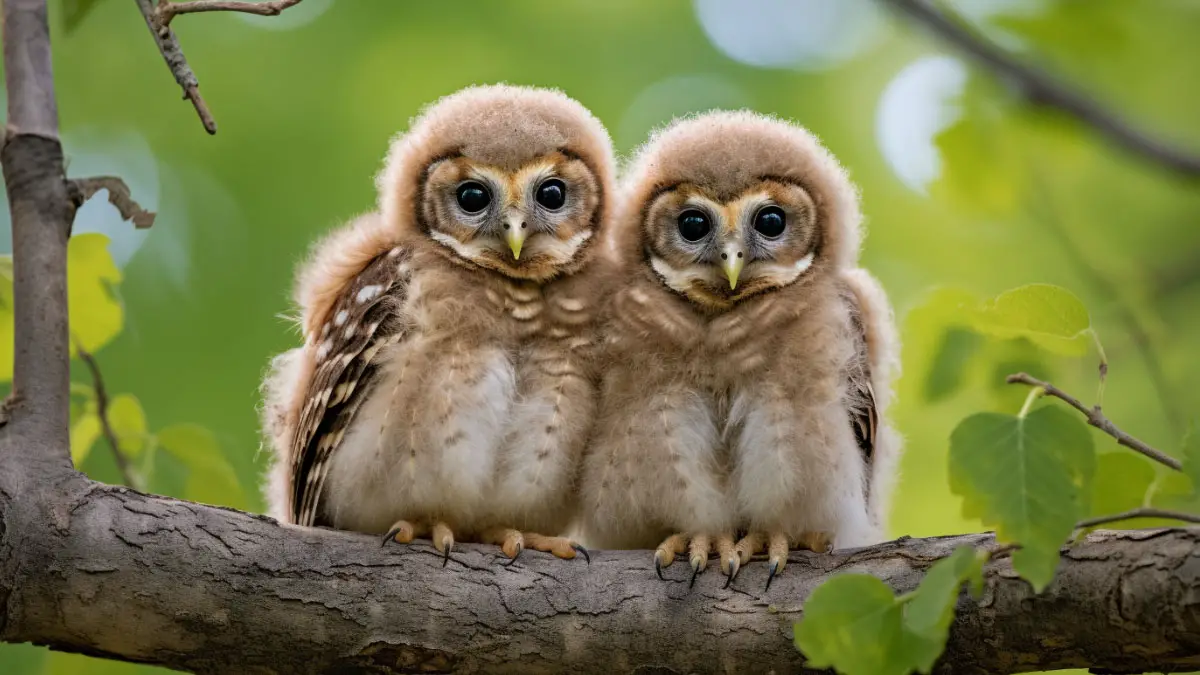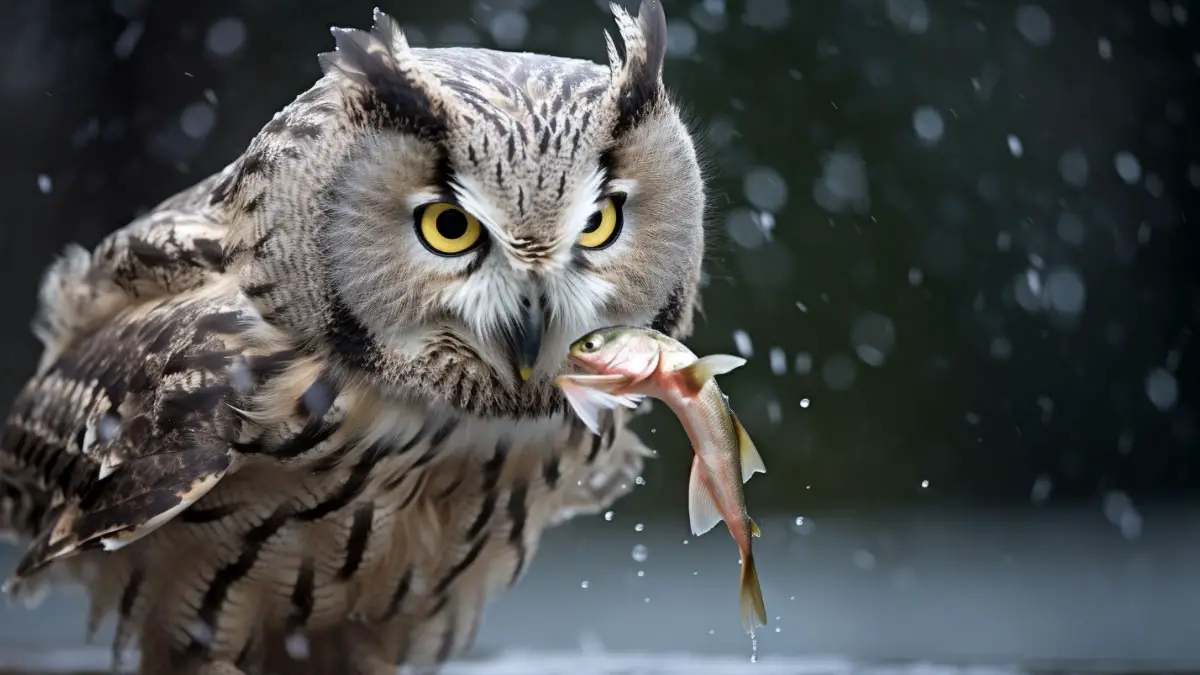Owls are fascinating birds of prey native to the North American regions. They are opportunistic predatory birds feeding small mammals such as voles, rats, and mice for food. Owls are also believed to attack other birds and their nests and feed on hatchlings and their eggs.
So, do owls eat birds? Yes. Owls are opportunistic hunters and eat birds as part of their diet. Although birds are not their primary diet, owls still feed on them to supplement their diet. That’s because birds are a safe and defenseless source of protein-rich food.
This guide will discuss the different owl species that feed on birds and why they feed on them. We shall also look at the various birds that make up the diet of these birds of prey.
Birds As Prey: Do Owls Eat Birds?
Yes. Owls do feed on birds that they are able to hunt and kill for food. Birds are not their main diet in the wild. But owls are opportunistic birds of prey that feed on small bird species and even small owls with their hatchlings and eggs in the nests.
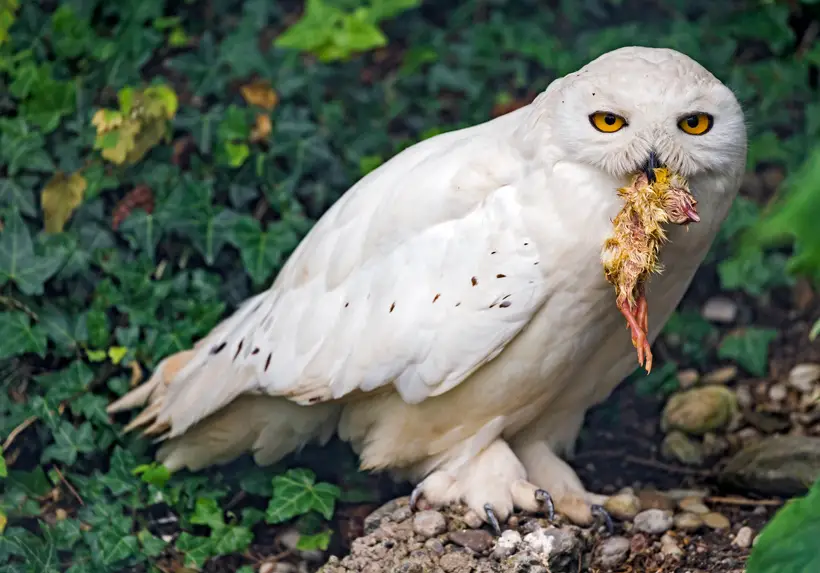
Owls’ main diet comprises small mammals and rodents that are easy to hunt and kill for food. However, owls will hunt other birds available when these small mammals are scarce.
But owls cannot digest some parts of birds’ bodies, such as fur, bones, and feathers. Such reasons make birds a less preferred food source since owls regurgitate these parts from their body as pellets.
How Often Do Owls Eat Birds?
Birds are not the main diet for owls, but they make up a considerable amount of their food as a supplement diet.
- Owls eat birds when they cannot find suitable meals from small mammals, reptiles, and fish.
- Birds constitute 10% – 15% of owls’ meals, depending on the season and availability of prey.
- Owls such as Snowy Owls feed on birds mainly during the winter season.
- During massive forest fires, when small mammals and reptiles are destroyed, birds become the alternative food source for owls.
Why Do Owls Eat Other Birds?
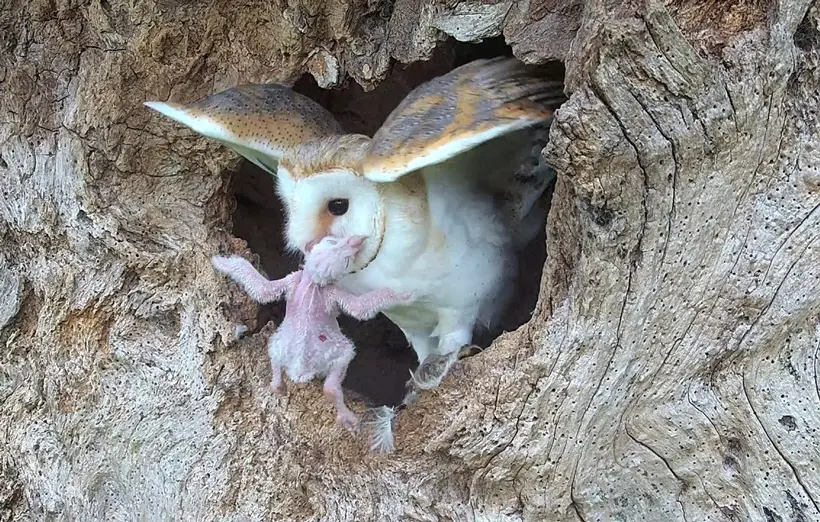
Owls are predatory birds that catch and kill other animals for food. With their strong claws and talons and their great flight power, owls can feed on almost any sizable mammal and bird they target. So, why do owls eat birds even if it’s not their most important food source?
- Birds offer a protein-rich food source that is easy for owls to get, especially since owls are diurnal and most small birds are nocturnal
- With the exception of large birds and birds of prey, most birds are weak and cannot defend themselves from owls, making them an easy meal
- Unlike reptiles such as frogs and snakes that are poisonous and venomous, birds are a safe source of food
- Owl species, such as the Snowy Owls, feed on birds during winter when it’s challenging to get animals for food
- Owls may attack other owl species and even feed on each other when marking their territories in the wild
What Types Of Owls Eat Birds?
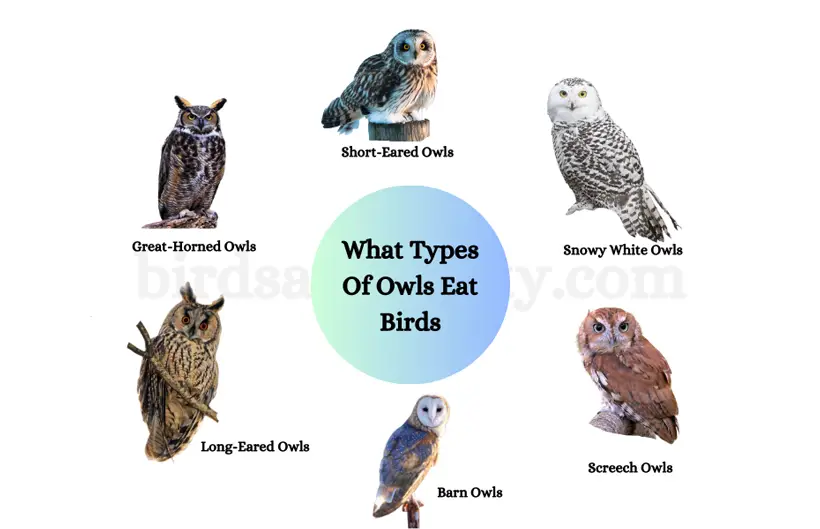
Owls feed on small rodents such as mice, rabbits, and lightweight mammals. Some owl species also feed on birds that they deem weak and small in size. Below are owl species that feed on birds.
Great-Horned Owls
Great-Horned owls are large and fierce birds that have few predators. They can prey on other large raptors, such as hawks and eagles. These Large Horned Owls also feed on the hatchlings of other large birds like crows, ravens, ospreys, and hawks.
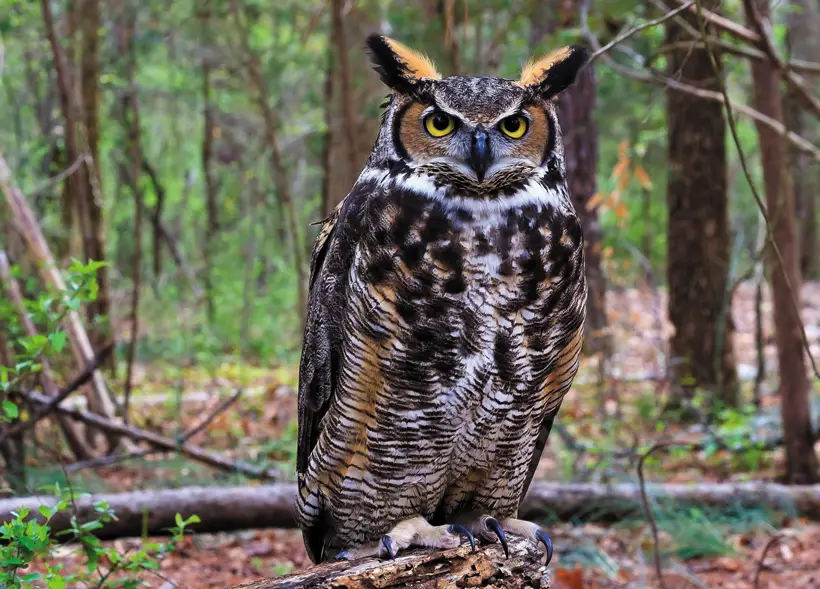
Songbirds are among the birds most threatened by Great-Horned Owls, as they can attack the birds’ nests and feed on their hatchlings and eggs. Other birds that make up these Horned Owl’s diet include pigeons, domestic chickens, and water birds like ducks.
Barn Owls
Barn owls are medium-sized birds of prey that feed on birds, especially small birds, their hatchlings, and brooding, vulnerable birds. They hunt primarily at night, making it difficult for birds to escape their claws of death.
Even if they feed on small rodents such as mice and rats, Barn Owls consider birds a part of their diet.
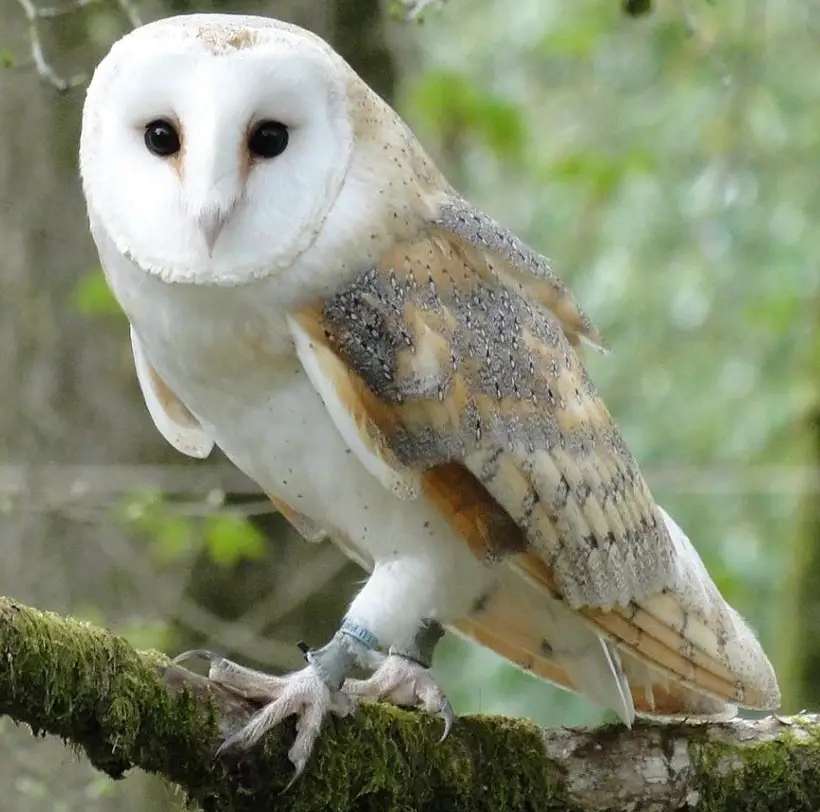
Snowy White Owls
The Snowy White Owl is an opportunistic prey bird known to feed on bird species and mammals such as voles and rats.
Snowy Owls feed on mammals while breeding in spring and feed on birds during winter when these other small mammals are hard to find.
Due to their large body size and incredible flight power, they predate even large owl species and domestic fowls such as chickens.
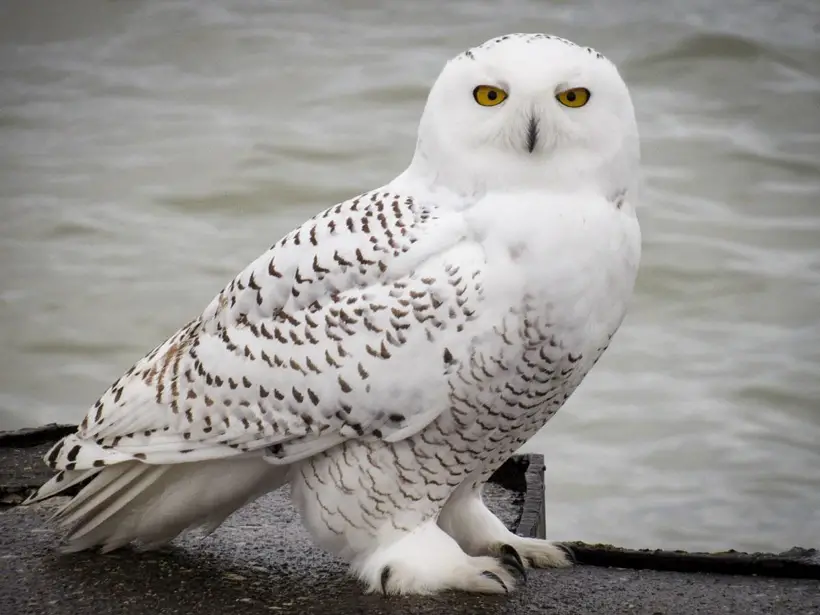
Short-Eared Owls
Another owl species on the list is the Short-Eared Owl, which feeds on field voles and rats, catching them with their claws and killing them for food. They have powerful flight, which enables them to capture and fly away from sizable rodents and mammals.
Short-Eared Owls also feed on birds such as Woodpeckers, pigeons, and other small birds that roost on trees to supplement their diet. Birds are not their main diet, but they attack them to supplement their diet with protein-rich meat.
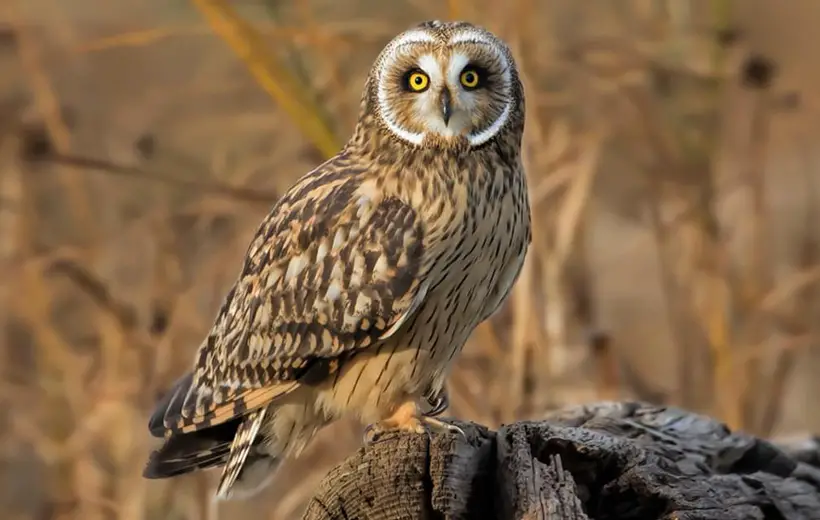
Screech Owls
The Screech Owl is a small American Owl known for feeding on small birds such as Songbirds and pigeons. They also attack other birds’ nests and feed on hatchlings and eggs.
The main diet for this Eastern Owl is the voles and mice, which are rare to locate, forcing the Eastern Screech Owl to attack other birds for food.
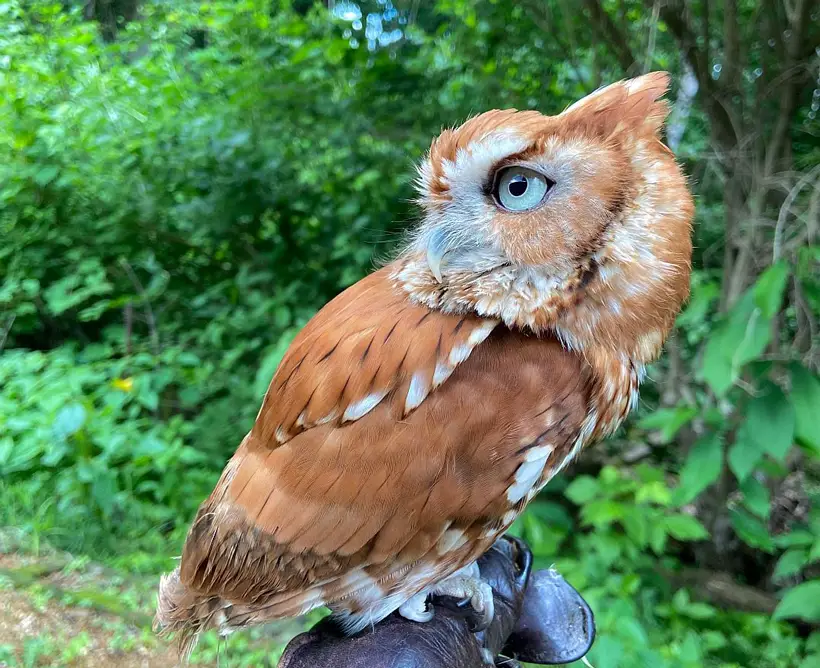
Long-Eared Owls
These Northern Long-Eared Owls are medium-sized with long ear tufts and often feed on birds such as Woodpeckers and Songbirds in their nests. They feed on birds to supplement their main diet, which consists of small rodents and fish.
They also feed on birds such as Ruffed Grouse and Passerine, which are found within the Northern American dense forests.
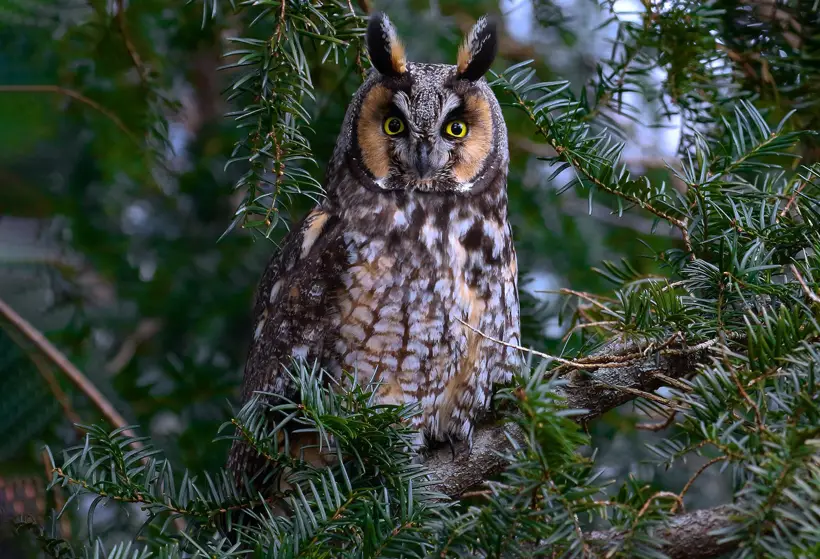
What Types Of Birds Do Owls Eat?
Most of the birds eaten by owls have a certain degree of vulnerability, including their weak flight power, defenseless nature and even their small size. Their susceptibility dictates their position in the list of the birds most eaten by owls.
Below are birds that owls eat.
Songbirds
Songbirds are the most vulnerable bird species hunted and killed by owls for food. They include Jays and Mockingbirds found in hollow trees or roosting on tree branches.
Owls find them an easy target since they make a lot of noise; hence, it is easy to spot them and snatch them from their nests.
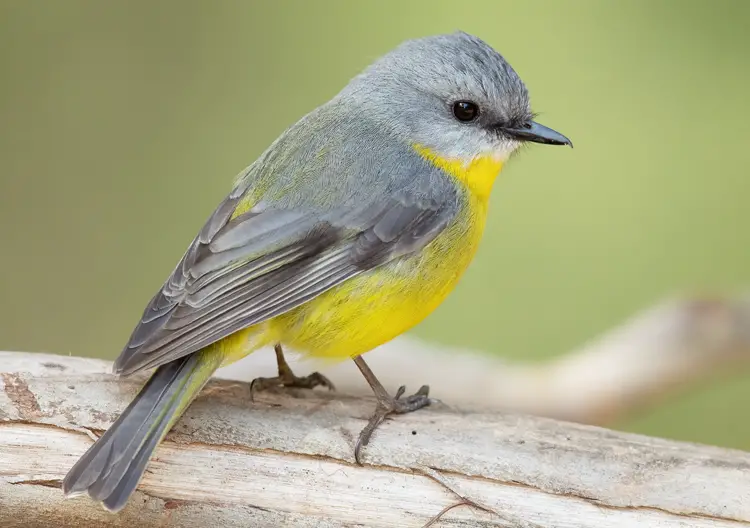
Other Owls Species
Large owls, such as the Northern Great-Horned owls, feed on small owl species and their hatchlings. They attack their nests at night when they have left in search of food for their hatchlings.
Woodpeckers
Another easy target for owls is the Woodpeckers found in the barks of trees where they make holes. Owls trace these birds by listening to the sound from their pecking sounds since owls have a strong sense of hearing.
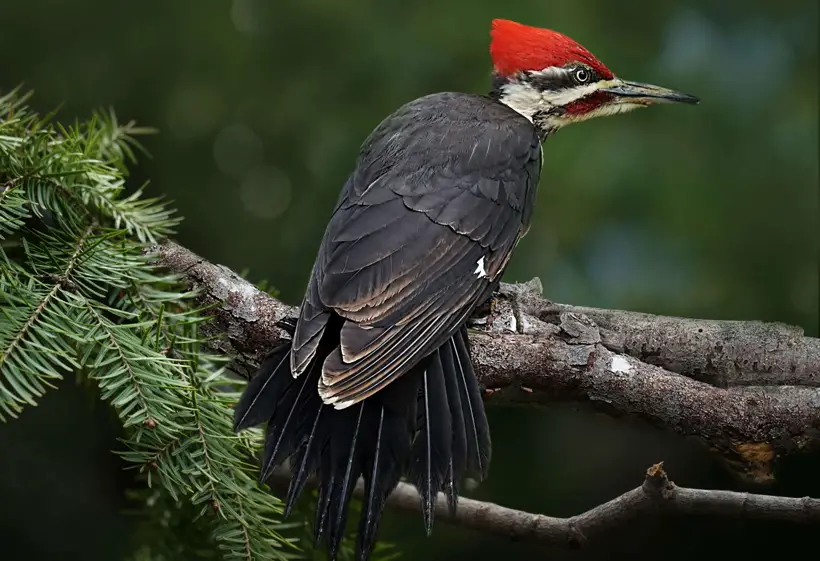
Crows And Ravens
Large owl species, such as the Snowy and the Great-Horned Owls, attack large birds of prey, such as ravens and crows. Due to their large size and solidarity – where they live in large groups- owls use the surprising tactic to catch them and fly away.
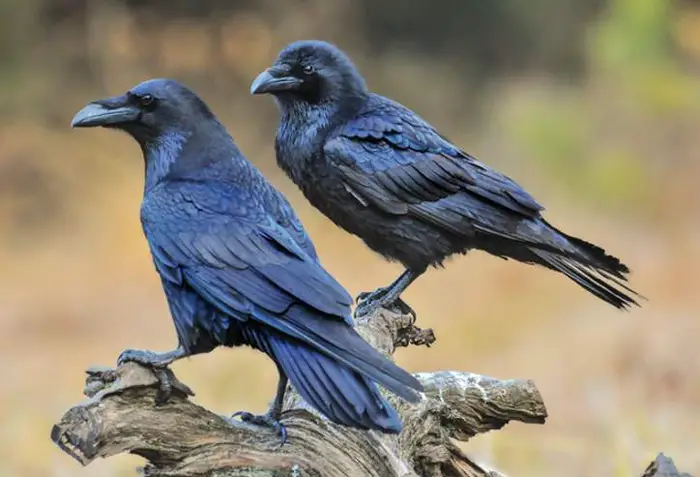
Ducks, Grouse And Chickens
Water birds, such as ducks and domestic fowls, are also hunted by owls for food. Owls hide in bushes and thick foliage trees and then descend on these birds and catch them using their talons.
Ospreys And Hawks
Ospreys and Hawks are also fed on by large owls, especially at dusk or dawn, using their perfect night vision and powerful flight energy.
They attack these birds of prey by surprising them and snatching away the unaware birds using their claws and paws.
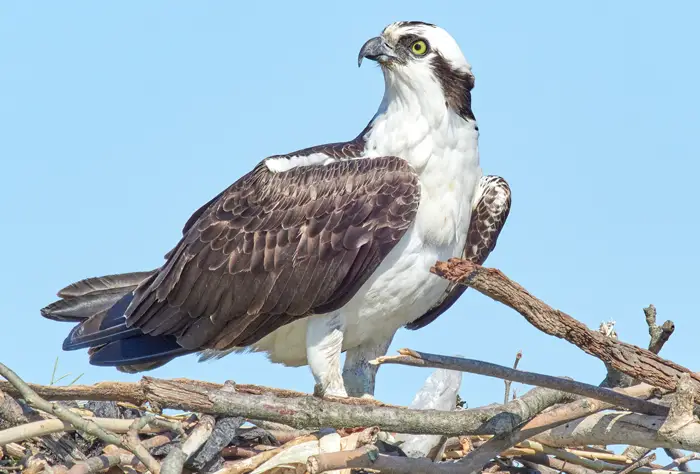
FAQs
Read the questions below to understand better the relationship between owls and other bird species in the food chain.
Most owl species hunt other birds at night since they are nocturnal with good night vision. On the other hand, most of the birds they prey on are diurnal and rest at night.
Yes. Owls will feed on bluebirds despite their small body size. They like feeding on bluebirds since they are easy to catch as they live in open nests and are diurnal.
Bluebirds fly in large flocks making it easy for owls to capture them unaware. Owls prefer eating their head since the brain is considered to be proteinous and healthy.
Yes. Owls eat Starling birds to supplement their diet but not as their main diet. Starling Birds are most vulnerable to owls’ predation due to their small body size and defenseless nature.
Conclusion
Owls are opportunistic and attack other birds they come across for food using their powerful talons and claws. Large owl species, such as the Northern Great-Horned Owls and Snowy species, also attack other small and weak owl species for food.
Owls are considered opportunistic birds of prey that feed on small mammals and reptiles, supplementing their diet with other birds’ meat. As owls feed on birds, they help balance the ecosystem since other large birds of prey also feed on them.
